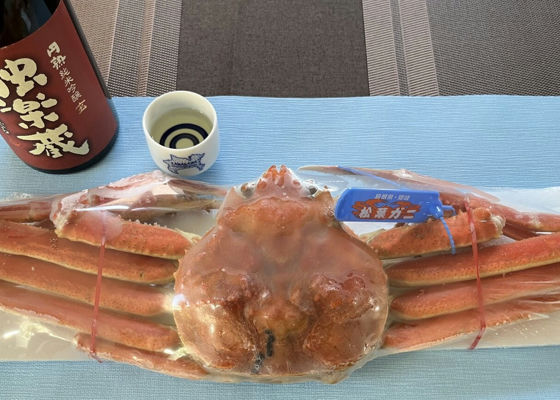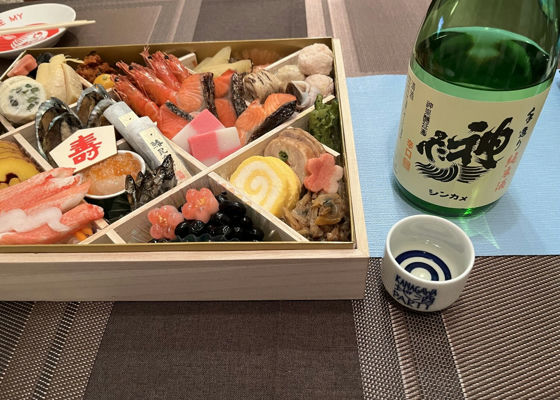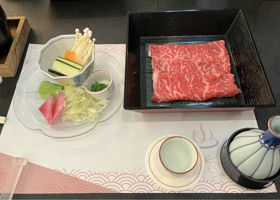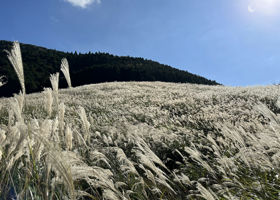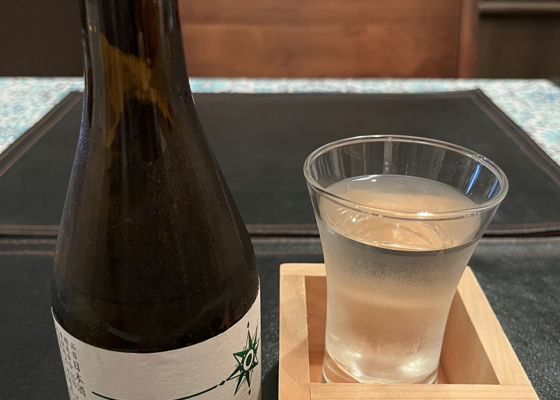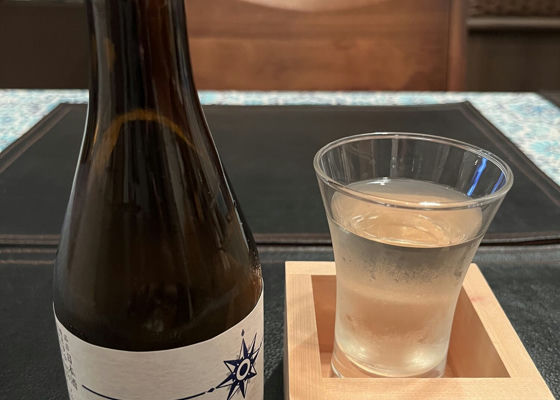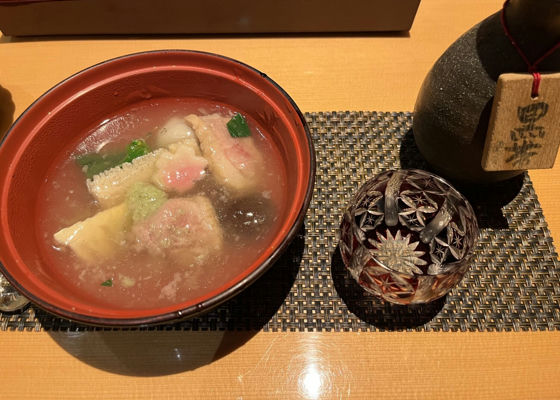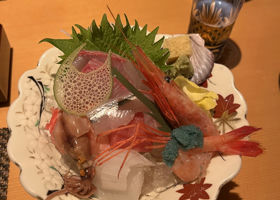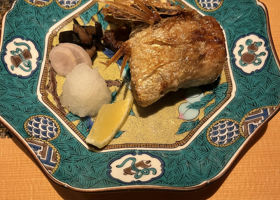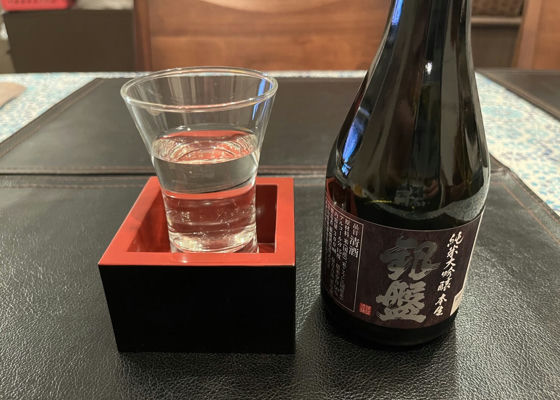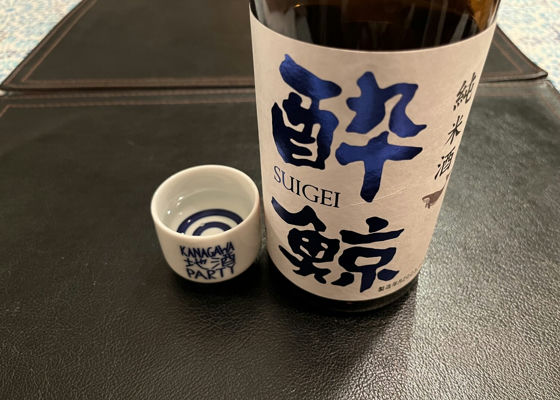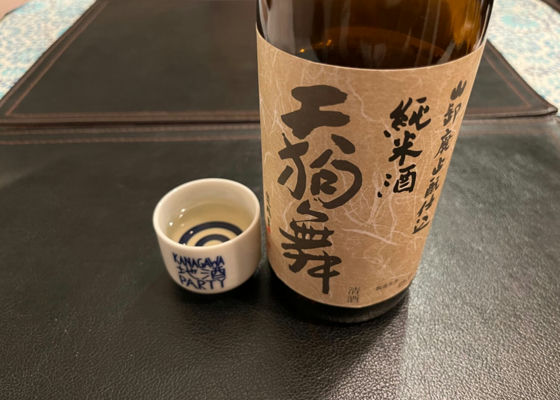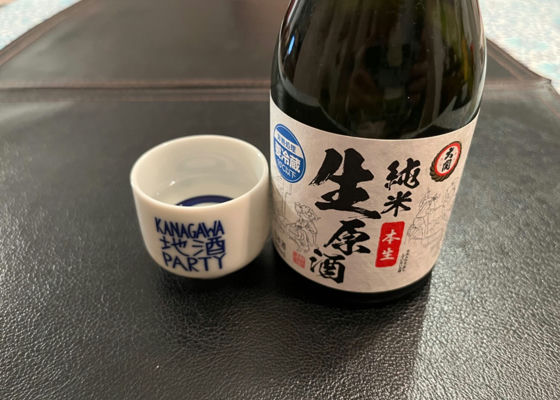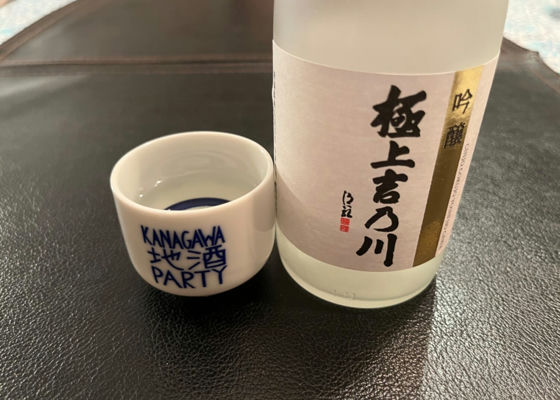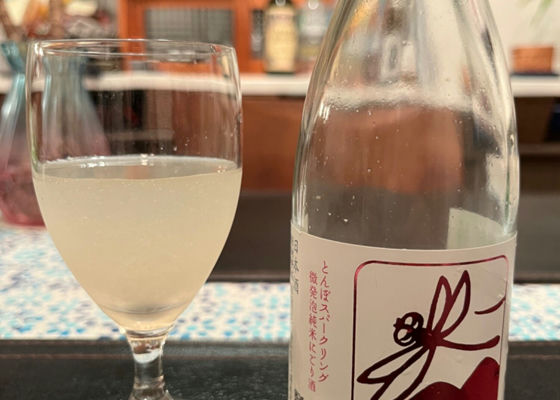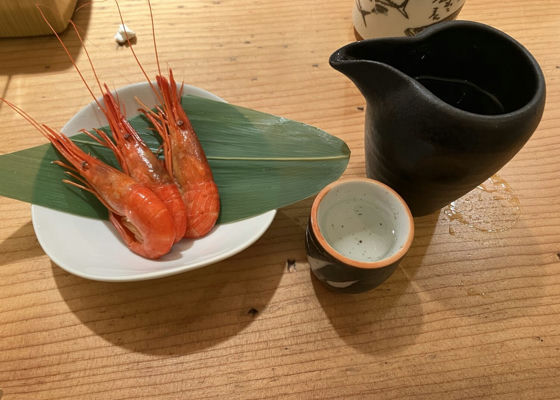
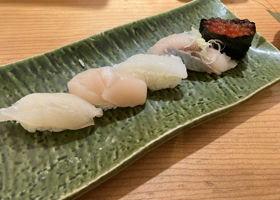
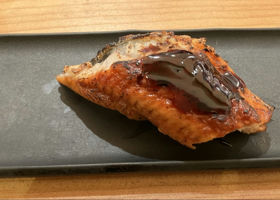
ブルピー
The last drink of the business trip to Hokkaido 🍶.
Rice:71% domestic rice
Rice Polishing Ratio : Equal to Koji Rice
Alcohol Content : 15.7
Sake meter rating: +1.0%.
Acidity : Not disclosed
Amino Acid : Undisclosed
I thought I could escape the heat a bit in Hokkaido, but I was completely wrong...
The humidity and heat were exactly the same as in the Kanto region, and I was devastated 😵.
However, since I had come all the way to Hokkaido, I wanted to go home with something delicious to eat! So we went to Shiki Hanamaru 🍣.
I enjoyed a glass of KITANOKATSU with the limited edition island prawns.
It is light, dry, and refreshing, with a slight thickening that makes it not too light.
It goes well with seafood.
And you can't go wrong with sushi from Hokkaido, can you? This time, among the seasonal ingredients, the octopus was quite delicious 🐙.
As it happened to be Saturday Ox day, we finished with a limited plate of eel!
It was my first time to finish the eel at a sushi restaurant, but the neta was big, plump, soft, and delicious.
It was the first time for me to finish the eel at a sushi restaurant, but the fish was big, plump, tender, and delicious!
Japanese>English
